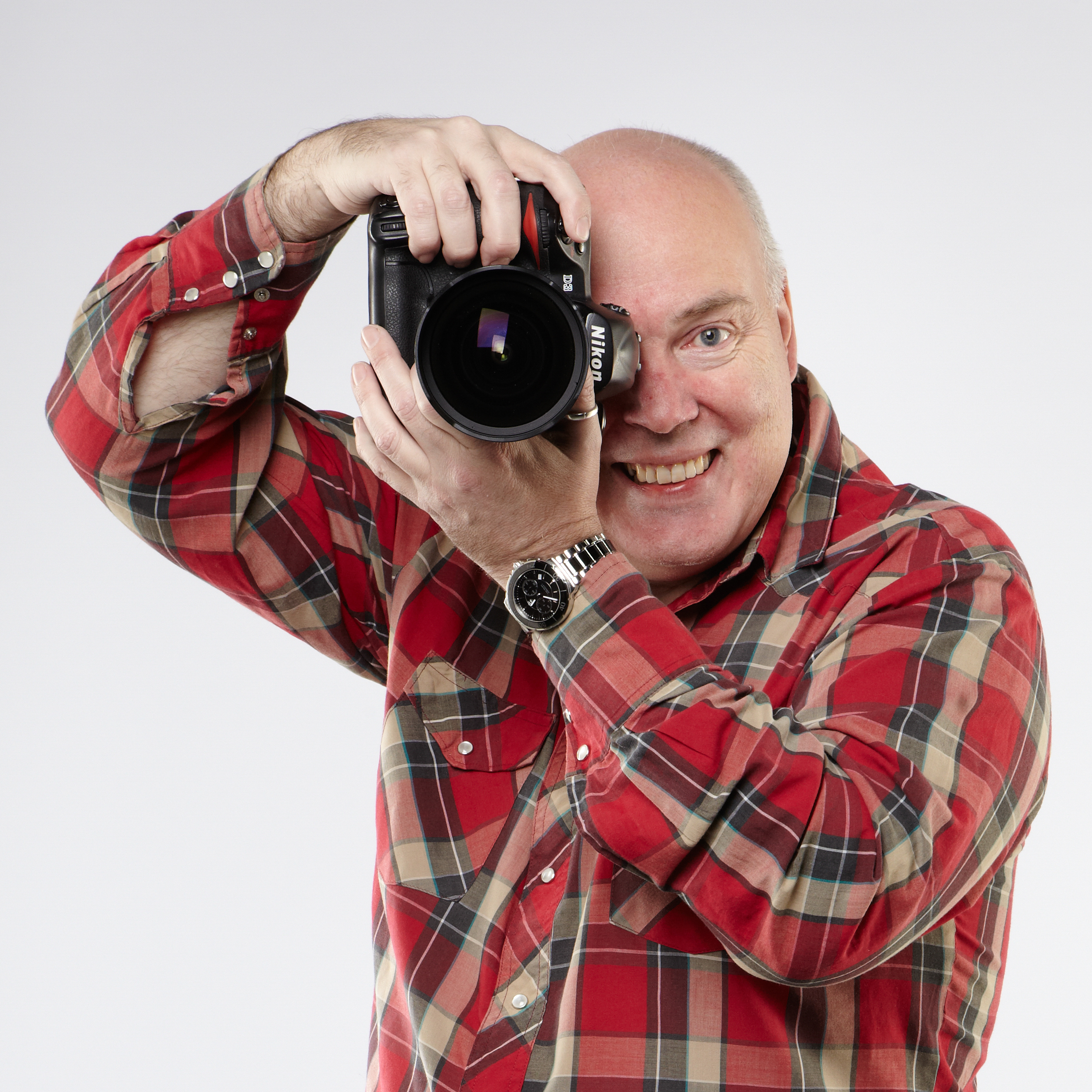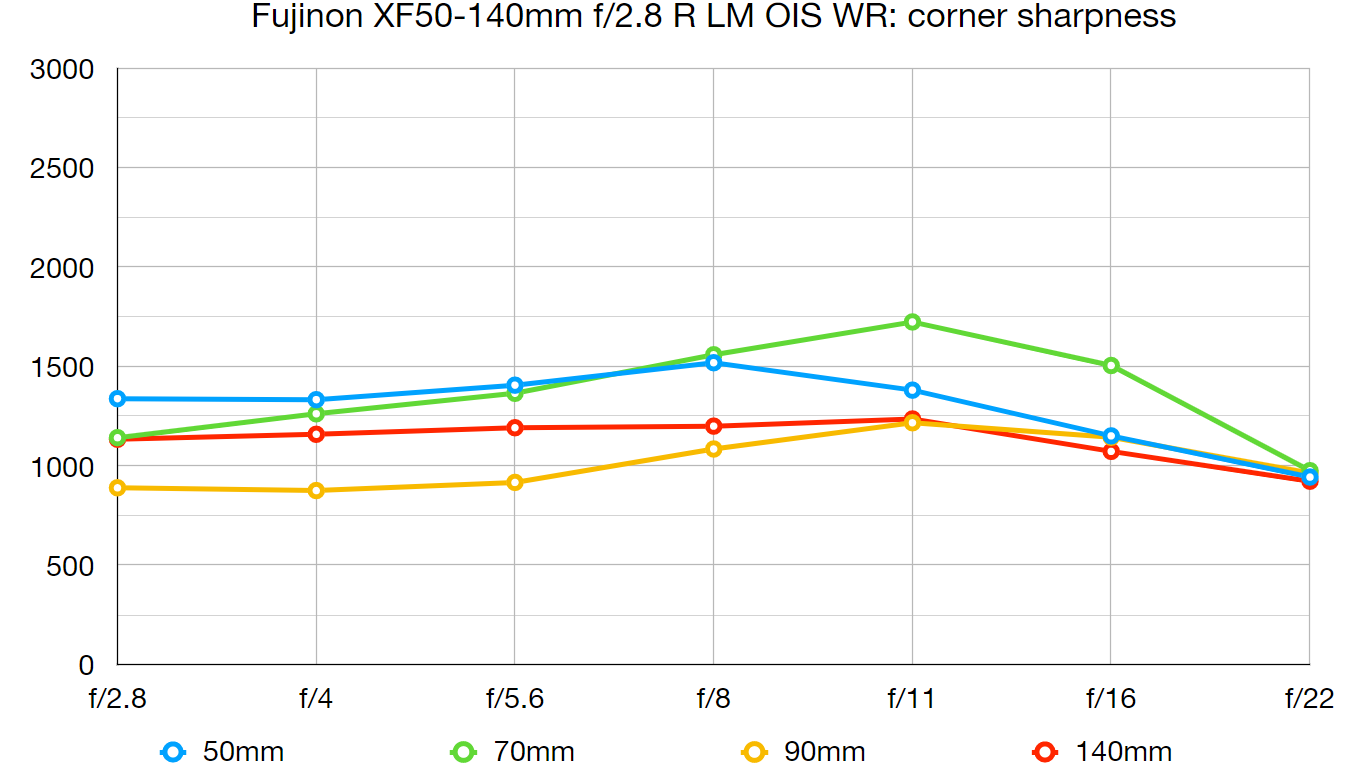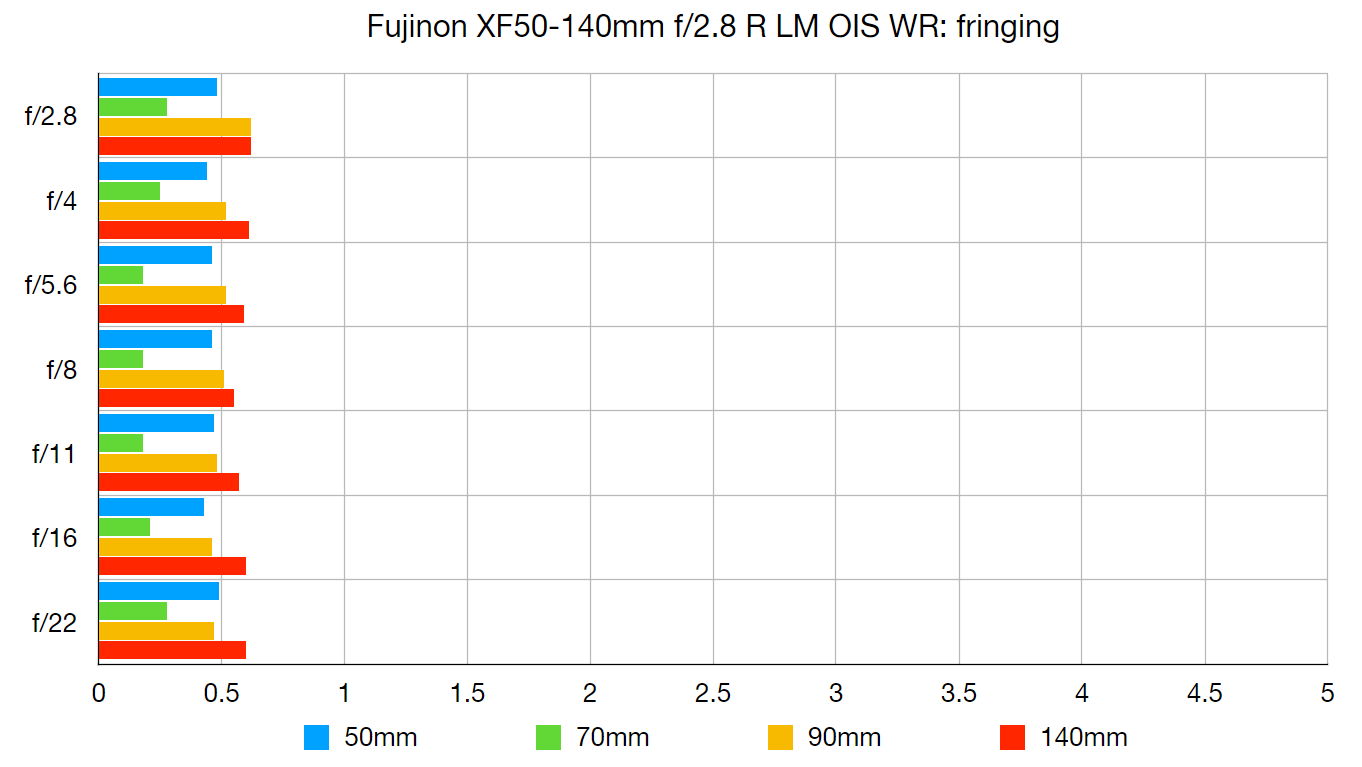Digital Camera World Verdict
If you want a pro-specced telephoto zoom for a Fujifilm X-mount mirrorless camera this is your one and only choice. The Fujinon equivalent of the professional's 70-200mm f/2.8 it is the workhorse zoom for wedding, portraits, documentary, landscapes and more. It may be eight years old, but it is still going strong!
Pros
- +
Constant f/2.8 maximum aperture
- +
Tripod foot
- +
Built-in image stabilization
- +
Good value for a pro-spec lens
Cons
- -
Disappointing minimum focus and maximum magnification
- -
Bokeh lacks smoothness
Why you can trust Digital Camera World
The Funinon XF50-140mm f/2.8 R LM OIS WR is eight years old, and still going strong. Launched in 2015, it is one of Fujifilm's equivalent of the 'holy trinity' of professional zooms. Traditionally, for full-frame cameras, this trinity has evolved to being a 14-28mm f/2.8, 24-70mm f/2.8, and a 70-200mm f/2.8 - a range of zooms to cover nearly every assignment each with a wide maximum aperture of f/2.8.
The Fujifilm X-mount mirrorless cameras, with their 1.5x crop factor, have their own equivalent trinity - comprising of the XF8-16mmF2.8 R LM WR, XF16-55mmF2.8 R LM WR, and, as tested here, the XF50-140mm f/2.8.
Specifications
Mount: Fujifilm X
Full frame: No
Autofocus: Yes
Stabilization: Yes
Lens construction: 23 elements in 16 groups
Angle of view: 31.7 - 11.6 degrees
Diaphragm blades: 7
Minimum aperture: f/22
Minimum focusing distance: 1m
Maximum magnification ratio: 0.12x
Filter size: 72mm
Dimensions: 82.9 x 175.9mm
Weight: 995g
Key features
The XF50-140mm f/2.8 offers an equivalent focal length range of 75-210mm in traditional 35mm SLR terms - and it telephoto range and wide constant maximum aperture make it perfect for a huge range of photographic subjects. For weddings, portraits, documentary, and action it is a must have - but can prove just as useful for less-obvious telephoto subjects such as landscapes and architecture.
Its flexibility is further extended by the factor that this can be used by Fujifilm's own 1.4x and 2x teleconverters to give you anything up to a 280mm f/5.6 (420mm f/2.8 equivalent) supertelephoto view.
This is a professionally-constructed metal-bodied and metal-mounted lens. This is made really clear from the outside by the provision of a tripod collar - which is used to give balance to the camera using a tripod or monopod, but because it rotates also allow you to smoothly switch from landscape to portrait formats.
There are lots of letters after the full name of this lens - but one of the most important for most users will be OIS. This lens boasts a five-stop in-built optical image stabilizer - allowing you to use significantly lower shutter speeds than the old lore tells you to use, with whatever Fujifilm body you use. Equally important to others are the letters WR - the weather sealing that ensures you don't have to panic when it starts to rain.
The best camera deals, reviews, product advice, and unmissable photography news, direct to your inbox!
This is a meaty lens - but unlike popular full-frame f/2.8 telezooms, manages to sneak in at under 1kg on the scales (if you take off the tripod collar).
In addition to the zoom and manual focus rings, there is a manual aperture collar that allows you to stop down from f/2.8 to f/22, in one-third of a stop clickable steps.
The only other control on the lens is an on/off switch for the optical image stabilizer - there are not special panning mode here, unlike on some other manufacturer's equivalent lens. Also it is worth noting there is no focus range restriction options, as on some rivals - which will inevitably cause problems when shooting through crowds.
Sample images
Lab data
We run a range of lab tests under controlled conditions, using the Imatest Master testing suite. Photos of test charts are taken across the range of apertures and zooms (where available), then analyzed for sharpness, distortion and chromatic aberrations.
We use Imatest SFR (spatial frequency response) charts and analysis software to plot lens resolution at the center of the image frame, corners and mid-point distances, across the range of aperture settings and, with zoom lenses, at four different focal lengths. The tests also measure distortion and color fringing (chromatic aberration).
Sharpness:
Center sharpness is excellent at all focal lengths, even wide open at f/2.8 – only at f/11 does diffraction start to make images slightly softer. Corner sharpness is a little more mediocre, though it is consistent right through the aperture range.
Fringing:
Color fringing is impressively negligible at all focal lengths and apertures.
Distortion:
Thanks largely to the automatic distortion correction baked into Fujifilm camera bodies (which cannot be disabled), any optical distortion is almost entirely corrected.
Verdict
For anyone using the Fujifilm system professionally - or wants a wide-apertured telephoto zoom - then this Fujinon XF50-140mm f/2.8 R LM OIS WR is essentially you only options. Now that Fujifilm has opened up its mount to third-party manufacturers, this may change at some point (we'd love to see a X-mount version of the Tamron 70-180mm F/2.8 Di III VXD). But until then the XF50-140mm is a great performer - it is well made, has a good feature set, is attractively priced, and it is really sharp.
Finally it is worth noting that, despite its age, Fujifilm has put on its list of just 20 XF lenses that can make the most out of the 40.2-megapixel resolution of its new flagship X-H2 and X-T5 cameras.
Also check out our guides to the best Fujifilm lenses and best Fujifilm cameras.
Other Fujifilm lens reviews
Fujinon XF55-200mm f/3.5-4.8 R LM OIS review
Fujinon XF 16-80mm F4 R OIS WR review
Fujinon XF27mmF2.8 R WR review
Fujinon XF23mmF1.4 R LM WR review
Fujinon XF33mmF1.4 R LM WR review
Fujinon XF18-120mm F4 LM PZ WR review
Fujinon XF150-600mm F5.6-8 R LM OIS WR review
Fujinon XF 10-24mm F4 R OIS review
Fujinon XF18mmF1.4 R LM WR review

Chris George has worked on Digital Camera World since its launch in 2017. He has been writing about photography, mobile phones, video making and technology for over 30 years – and has edited numerous magazines including PhotoPlus, N-Photo, Digital Camera, Video Camera, and Professional Photography.
His first serious camera was the iconic Olympus OM10, with which he won the title of Young Photographer of the Year - long before the advent of autofocus and memory cards. Today he uses a Sony A7 IV, alongside his old Nikon D800 and his iPhone 15 Pro Max.
He is the author of a number of books including The Book of Digital Photography, which has been translated into a dozen different languages.
In addition to his expertise in photography and videomaking, he has written about technology for countless publications and websites including The Sunday Times Magazine, The Daily Telegraph, What Cellphone, T3 and Techradar.












